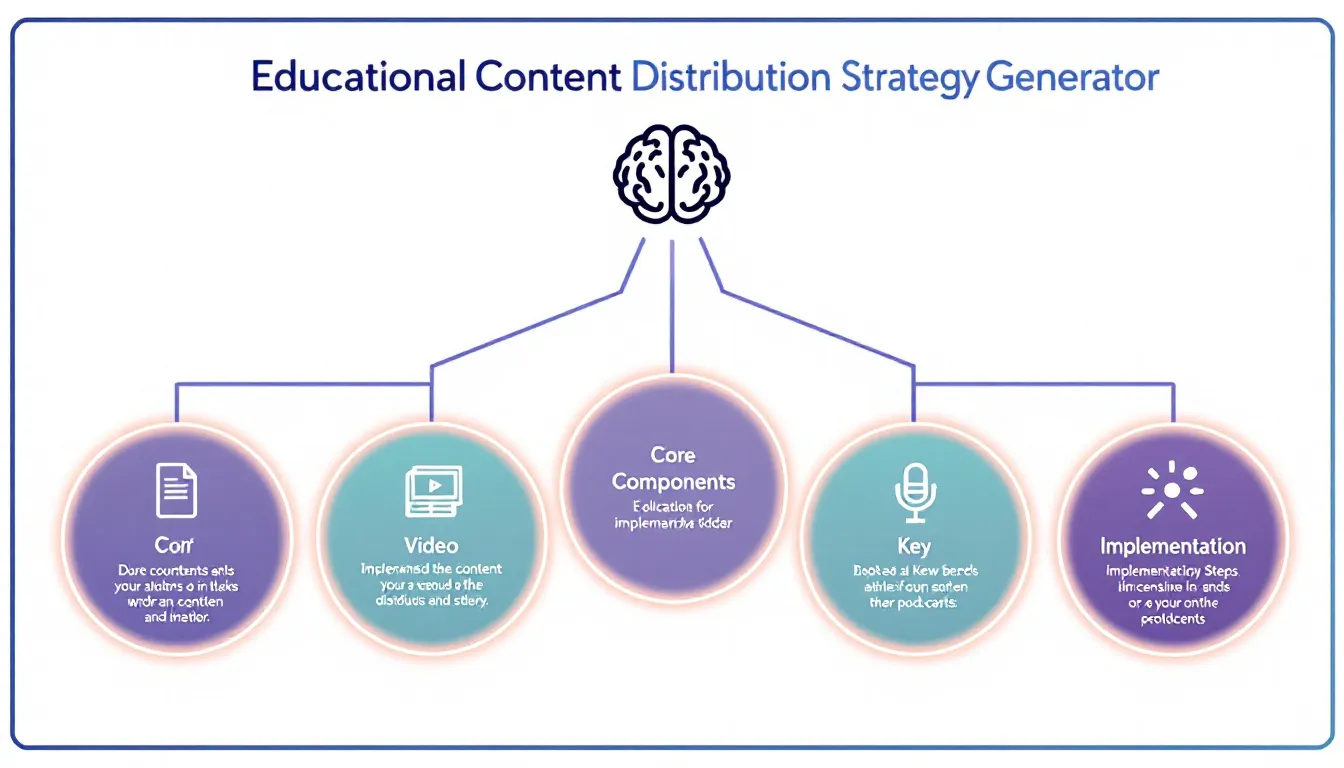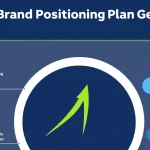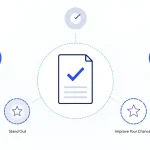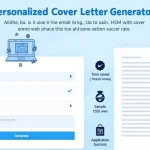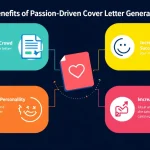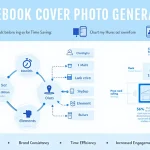Is this tool helpful?
How to Use the Educational Content Distribution Strategy Generator
To effectively utilize this strategic content planning tool, follow these steps:
- Enter Brand Name: Input your company or brand name. For example, “EcoGreen Solutions” or “FinanceWise Advisory”
- Specify Industry: Enter your business sector, such as “Sustainable Energy” or “Financial Services”
- Define Target Audience: Provide detailed audience demographics and characteristics
- List Educational Topics: Input key subject areas for content development
- Select Content Formats: Specify preferred content delivery methods
Understanding the Educational Content Distribution Strategy Generator
This advanced tool helps businesses develop comprehensive content distribution strategies focused on educational material. It combines audience insights, industry expertise, and content planning to create tailored strategies that position brands as thought leaders in their respective fields.
Core Components of the Strategy Generator
- Audience Analysis Framework
- Content Topic Mapping
- Format Optimization
- Distribution Channel Selection
- Engagement Metrics Planning
Benefits of Using the Strategy Generator
1. Strategic Alignment
The tool ensures perfect alignment between your brand objectives and content strategy by:
- Matching content topics with audience interests
- Aligning format selection with consumption preferences
- Creating consistency in brand messaging
2. Resource Optimization
Maximize content development efficiency through:
- Structured content planning
- Clear topic prioritization
- Format-specific guidelines
3. Brand Authority Building
Enhance your industry position by:
- Developing expert-level content
- Creating consistent thought leadership
- Building audience trust
Addressing Strategic Content Needs
The generator solves several critical content strategy challenges:
Content Direction
By analyzing your industry and target audience, the tool identifies optimal content topics that resonate with your audience while showcasing your expertise.
Format Selection
Through understanding audience preferences and consumption habits, the tool recommends the most effective content formats for your strategy.
Distribution Planning
The tool helps create a systematic approach to content distribution across various channels, ensuring maximum reach and engagement.
Practical Applications and Examples
Case Study 1: Technology Software Company
Input:
- Brand: CloudTech Solutions
- Industry: Cloud Computing
- Target Audience: IT Directors and CTOs in mid-sized enterprises
- Key Topics: Cloud security, digital transformation, cost optimization
- Content Formats: Whitepapers, webinars, technical blogs
Strategy Output:
- Monthly technical whitepapers on cloud security
- Bi-weekly webinars on digital transformation
- Weekly technical blog posts on cost optimization
Case Study 2: Healthcare Provider
Input:
- Brand: WellnessCare Plus
- Industry: Healthcare Services
- Target Audience: Health-conscious individuals aged 30-55
- Key Topics: Preventive care, wellness tips, nutrition
- Content Formats: Video content, infographics, newsletters
Strategy Output:
- Weekly wellness video series
- Monthly health infographics
- Bi-weekly health newsletters
Frequently Asked Questions
How often should I update my content distribution strategy?
Review and update your strategy quarterly to ensure it remains aligned with your business objectives and audience needs.
What types of educational content work best for B2B companies?
B2B companies typically see strong results with whitepapers, case studies, industry reports, and detailed how-to guides.
How can I measure the success of my educational content strategy?
Track engagement metrics such as time on page, social shares, lead generation, and conversion rates to measure content effectiveness.
Should I focus on one content format or use multiple formats?
A multi-format approach typically yields better results as it caters to different learning styles and consumption preferences.
How can I ensure my educational content remains engaging?
Focus on practical value, incorporate real-world examples, and maintain a consistent publishing schedule while varying content formats.
What role does SEO play in educational content distribution?
SEO is crucial for content visibility. Include relevant keywords naturally, optimize meta descriptions, and ensure content structure follows SEO best practices.
How long should I wait before expecting results from my content strategy?
Educational content typically shows meaningful results within 3-6 months of consistent implementation.
Can I repurpose educational content across different formats?
Yes, repurposing content across formats is an effective way to maximize resource utilization and reach different audience segments.
Best Practices for Implementation
Content Quality Guidelines
- Maintain consistent quality standards
- Focus on actionable insights
- Include relevant data and research
- Keep content up-to-date
Distribution Timeline Planning
- Create a content calendar
- Plan distribution channels
- Schedule regular content updates
- Monitor engagement metrics
Audience Engagement Optimization
- Encourage feedback and discussions
- Respond to audience comments
- Create interactive content elements
- Build community engagement
Important Disclaimer
The calculations, results, and content provided by our tools are not guaranteed to be accurate, complete, or reliable. Users are responsible for verifying and interpreting the results. Our content and tools may contain errors, biases, or inconsistencies. We reserve the right to save inputs and outputs from our tools for the purposes of error debugging, bias identification, and performance improvement. External companies providing AI models used in our tools may also save and process data in accordance with their own policies. By using our tools, you consent to this data collection and processing. We reserve the right to limit the usage of our tools based on current usability factors. By using our tools, you acknowledge that you have read, understood, and agreed to this disclaimer. You accept the inherent risks and limitations associated with the use of our tools and services.
